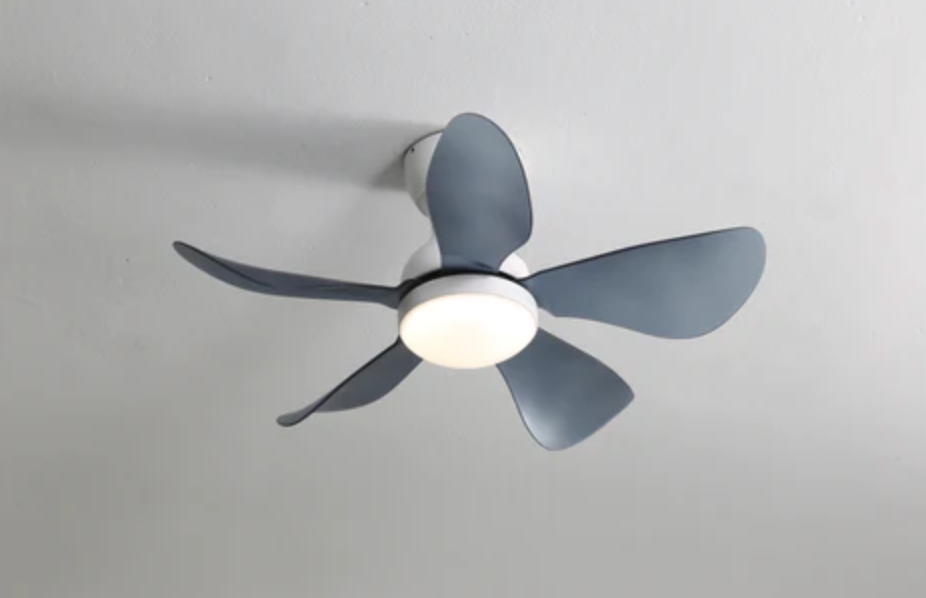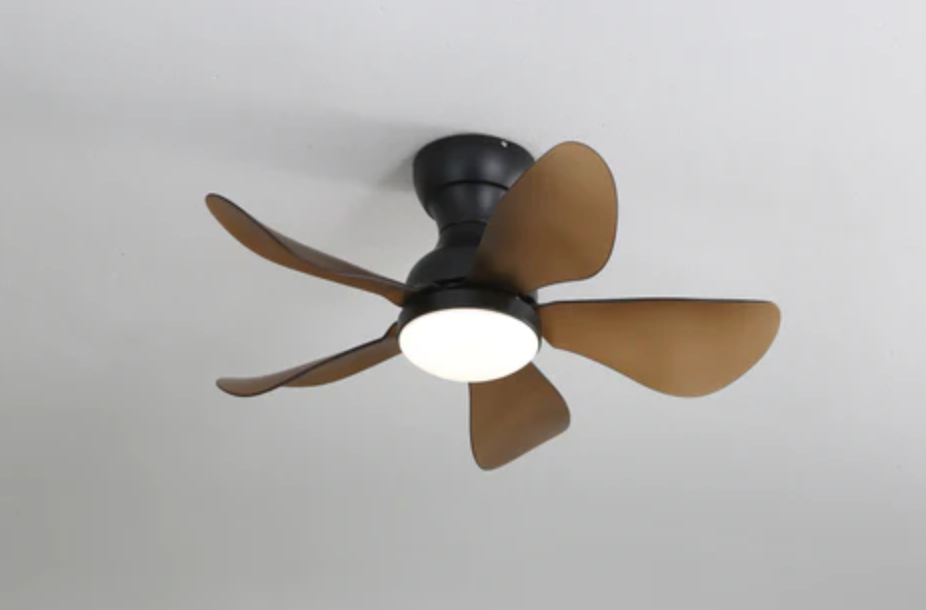
How Can You Install A Ceiling Fan Without Existing Wires
How can you install a ceiling fan without existing wires? Is it even possible to tackle this task on your own? In this article, we will explore the process and offer some guidance.
To install a ceiling fan without existing wires, you will need to run new electrical cables, install a fan-rated electrical box, and properly secure the fan to the ceiling. This may require additional tools and expertise.
But, what if you could learn how to do this while ensuring your safety and properly functioning your new ceiling fan? In the following sections, we will address some intriguing questions: Can a non-professional install a ceiling fan without existing wiring? What are the potential risks and challenges involved? Read on to learn the step-by-step process of installing a ceiling fan without existing wires and how to overcome these challenges.
1. Assessing the Situation
Before you start, it's essential to determine whether your ceiling can support a fan and if there is an accessible power source nearby. Follow these steps to assess the situation:
A. Inspect the ceiling:
Check for any visible signs of damage or wear that might compromise the integrity of the installation. If you notice any issues, consult a professional before proceeding.
B. Locate a power source:
Identify an existing circuit that can handle the additional load of the fan. A circuit breaker should protect this circuit and have enough capacity to handle the fan's power consumption.
C. Check the joist layout:
Determine the location of the ceiling joists, as you will need to secure the fan-rated electrical box to one of them. A stud finder can be a helpful tool for this task.
2. Gathering the Necessary Tools and Materials
To install a ceiling fan without existing wires, you will need the following tools and materials:
● Ceiling fan kit (including fan, mounting hardware, and downrod)
● Fan-rated electrical box
● Circuit tester
● Wire stripper
● Screwdriver
● Drill with various bits
● Fish tape or wire-pulling tool
● Ladder
● Safety goggles
● Work gloves
3. Running New Electrical Cables
In this step, you will need to run new electrical cables from the power source to the location of the ceiling fan. Follow these guidelines:
Step 1: Turn off the power:
Before you begin, switch off the circuit breaker that controls the power source you will be tapping into.
Step 2: Plan the cable route:
Determine the most efficient and least disruptive path for the new electrical cables. This may involve running the cables through the attic, inside walls, or along baseboards.
Step 3: Drill access holes:
If necessary, drill holes in the ceiling and walls to facilitate the cable run. Be cautious not to damage any existing wiring or pipes.
Step 4:
Run the cables: Use fish tape or a wire-pulling tool to pull the new electrical cables through the holes and to the fan location. Make sure to leave enough cable length to connect the fan.
4. Installing the Fan-Rated Electrical Box
A fan-rated electrical box is essential for providing adequate support for the fan's weight and vibration. Follow these steps to install it:
● Mark the mounting location: Use a pencil to mark the center of the joist where you will install the electrical box.
● Drill a pilot hole: Drill a small pilot hole at the marked location to ensure proper alignment.
● Attach the electrical box: Follow the manufacturer's instructions to attach the fan-rated electrical box to the ceiling joist. Ensure that it is level and securely fastened.
5. Assembling and Mounting the Ceiling Fan
Now that the electrical box is in place, it's time to assemble and mount the ceiling fan. Follow these steps:
Step 1: Assemble the fan:
Follow the manufacturer's instructions to assemble the ceiling fan components, including the motor housing, blades, and downrod. Ensure that all screws are tightened securely to prevent wobbling.
Step 2: Attach the mounting bracket:
Secure the fan's mounting bracket to the fan-rated electrical box using the provided hardware. Make sure it is firmly in place and level.
Step 3: Hang the fan:
Carefully lift and hang the assembled fan on the mounting bracket. Most ceiling fan kits include a safety cable or hook to temporarily hold the fan in place while you make the electrical connections.
Step 4: Connect the wires:
Connect the fan's wiring to the corresponding wires from the electrical box using wire connectors. Usually, you should connect the black (or red) wire of the fan to the corresponding black (or red) wire from the electrical box, join the white wire from the fan to the white wire of the box, and link the green or uncoated wire from the fan to the green or exposed wire from the box. Be sure to consult the manufacturer's instructions for any specific wiring requirements.
Step 5: Secure the fan to the bracket:
Follow the manufacturer's instructions to secure the fan to the mounting bracket. Ensure that all screws and locking mechanisms are tightened and secure.
Attach the fan canopy and other accessories: Install the fan canopy, light kit (if applicable), and any other accessories according to the manufacturer's instructions. Ensure that all parts are securely fastened and aligned properly.
6. Testing the Ceiling Fan
Once the installation is complete, it's time to test the fan's operation and ensure everything is functioning correctly:
● Turn on the power: Switch on the circuit breaker controlling the power source for the fan.
● Test the fan's operation: Turn on the fan using the wall switch or remote control (if applicable). Check for proper rotation, speed control, and light operation (if applicable). If you notice any issues, consult the manufacturer's instructions or a professional for assistance.
● Inspect the fan for wobbling: If the fan wobbles excessively, it may be due to an imbalance in the blades or improper installation. Consult the manufacturer's instructions for troubleshooting tips or contact a professional for help.
7. Ensuring Safety and Compliance
Installing a ceiling fan without existing wires can be a challenging task, but ensuring safety and compliance with local building codes is crucial. Consider the following tips:
● Hire a professional if needed: If you are not confident in your ability to complete the installation safely, hire a licensed electrician or contractor to perform the work.
● Obtain permits if required: In some jurisdictions, you may need a permit to install a ceiling fan or run new electrical wiring. Check with your local building department for any specific requirements.
● Follow manufacturer's instructions: Always follow the manufacturer's instructions for installing, operating, and maintaining your ceiling fan to ensure safety and optimal performance.
Conclusion
In conclusion, installing a ceiling fan without existing wires can be a challenging but rewarding DIY project. By following the steps outlined in this article, you can successfully install a ceiling fan in your home while ensuring safety and proper functionality. Remember, if you are unsure of your abilities or encounter any difficulties, it's always best to consult a professional for assistance.


